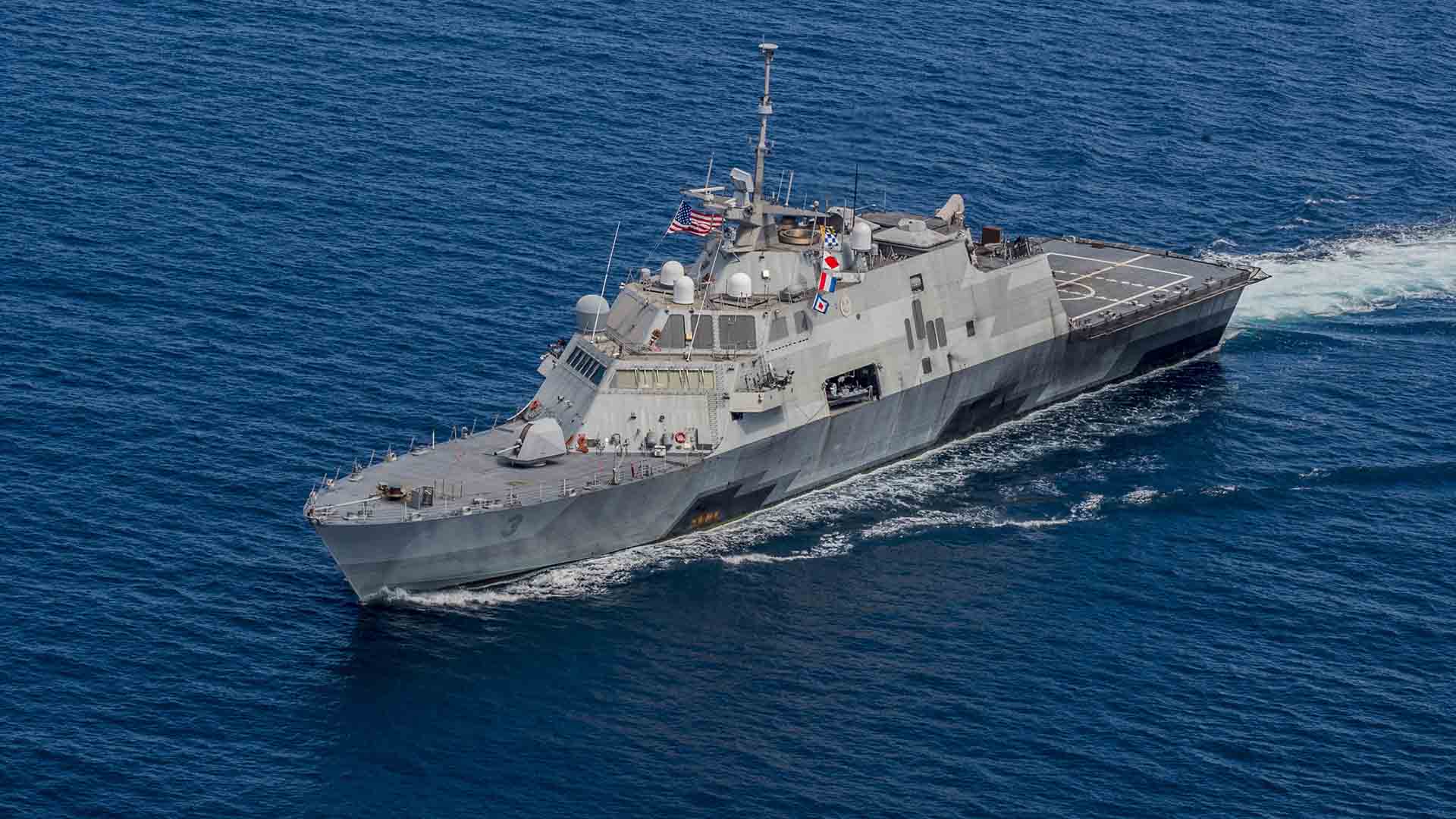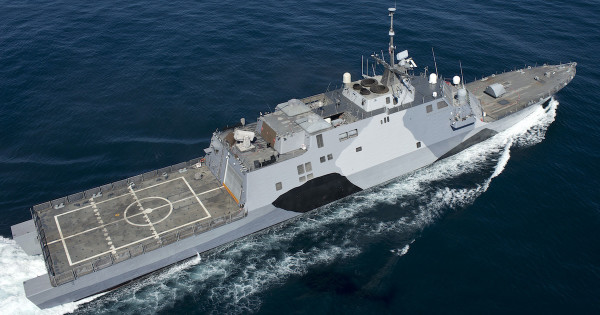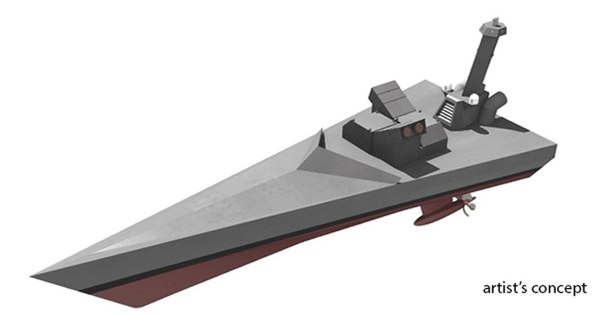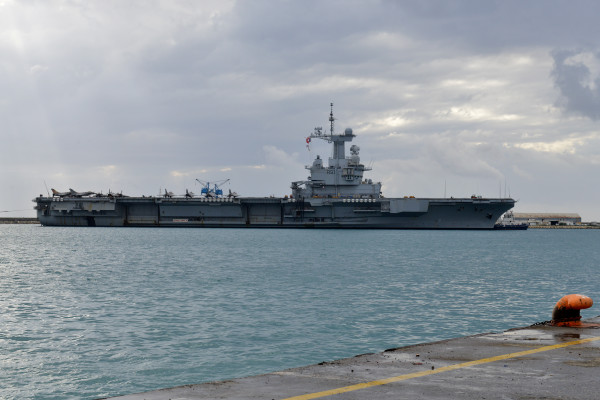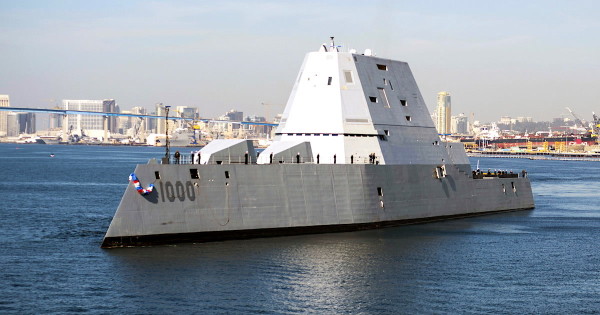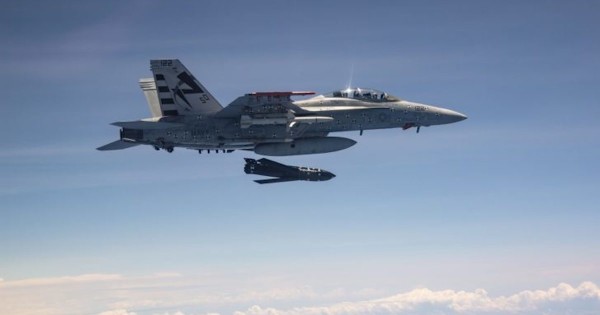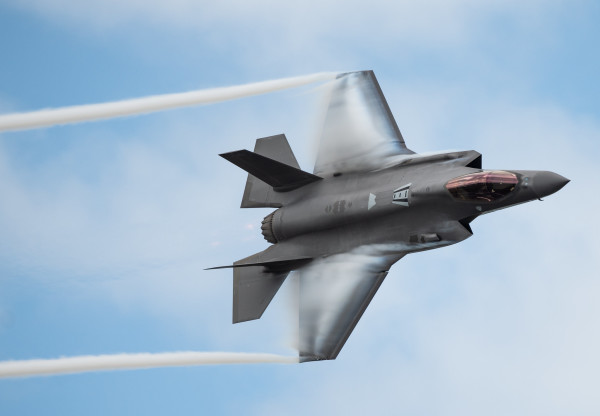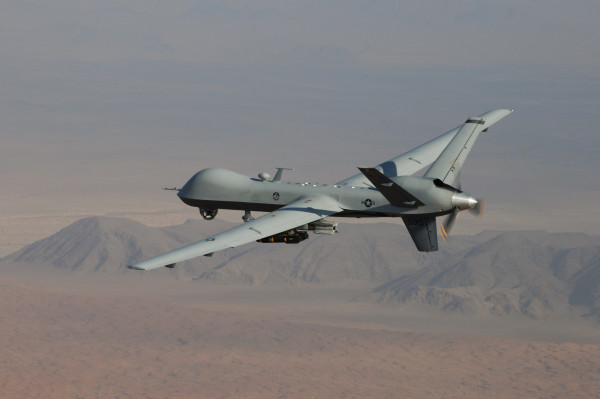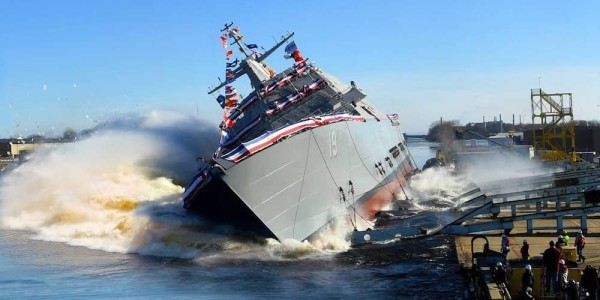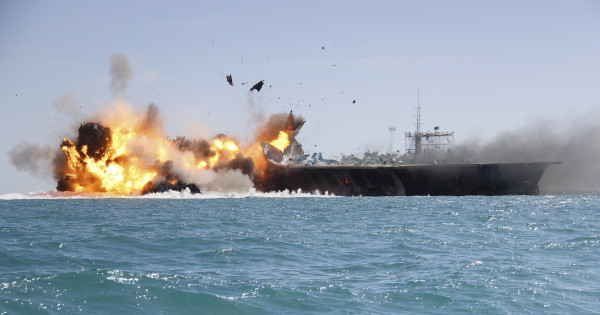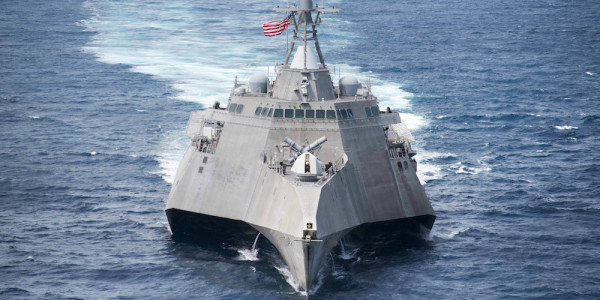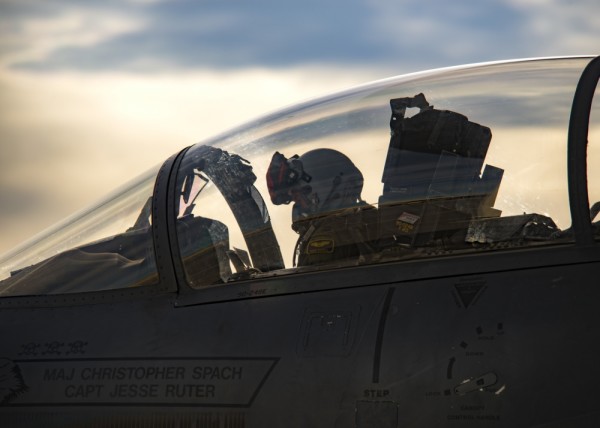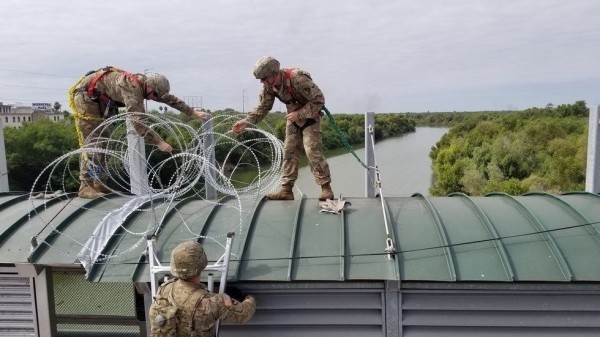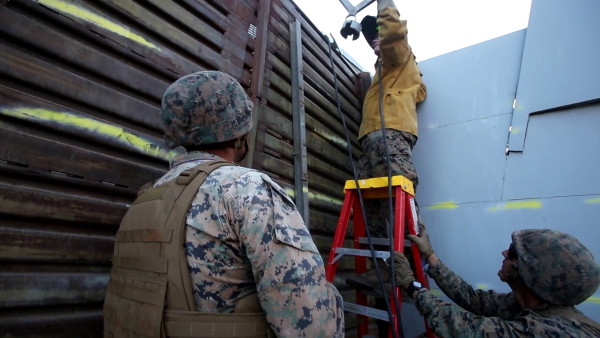One of the most remarkable aspects of the Pentagon’s $773 billion budget request for fiscal 2023 is what the military wants to get rid of rather than what it wants to buy. What makes these cuts even more remarkable is the request is about $16.4 billion higher than this fiscal year’s budget, so the Defense Department is not hurting for money.
The Navy wants to retire a total of 24 vessels next fiscal year including nine Freedom-variant Littoral Combat Ships. Meanwhile, the Air Force’s budget would divest more than 150 aircraft including 33 F-22s and 21 A-10s. These planes would be in addition to the more than 100 aircraft that the Air Force had previously planned to retire.
Moreover, the Air Force plans to retire all its 281 A-10s over the next five to six years, even the aircraft that are getting new wings, said the Pentagon’s comptroller Michael McCord.
Trying to retire the widely disparaged Littoral Combat Ships — also known as “Little Crappy Ships” — as well as the much beloved A-10 Thunderbolt II is a bold strategy for the Pentagon, considering both moves are guaranteed to piss off Congress.
Subscribe to Task & Purpose Today. Get the latest in military news, entertainment, and gear in your inbox daily.
The A-10 has proven itself time and time again by providing close air support to U.S. troops under attack. The Air Force has tried several times to retire A-10s, which are not likely to survive in a war against China, yet lawmakers have repeatedly blocked those efforts, noting that the F-35 has not shown that it can provide the same level of close air support.
Indeed, the Air Force’s repeated attempts to divest A-10s have gone about as well as Charlie Brown’s futile efforts to kick the football, only to have Lucy pull the rawhide away at the critical moment, preventing Brown’s foot from making contact with the ball. Lucy, in this case, is Congress.
It is not yet known how Congress will react to the Air Force’s proposal to retire 33 older F-22 Raptors that are currently being used as trainers and would cost too much to upgrade so they could be used in war. The Air Force initially wanted 750 F-22 Raptors, but the planes became so expensive to build that the Pentagon ended the program early, leaving the service with only 186 F-22s.
While F-22s largely sat out the early years of the War on Terrorism, they have proven their worth in the U.S.-led campaign against the Islamic State group and they would likely play a key role in any air campaign to destroy Russian or Chinese air defenses.
What is known is that Congress is not likely to accept the Navy’s call to mothball nine Freedom-variant Littoral Combat Ships, even though the vessels have been the surface fleet’s problem child for many years.
In 2020, the Navy realized that the entire variant may suffer from a fatal design flaw that has caused the ships’ propulsion system to frequently break down. Yet lawmakers have resisted the Navy’s past attempts to retire Freedom-variant Littoral Combat Ships, in part because they are among the newest ships in the Navy. Since 2008, a total of 17 Littoral Combat Ships have been delivered to the Navy, which ultimately expects to buy 35 ships for $60 billion, according to a recent Government Accountability Office report.
Last year, Congress blocked the Navy’s efforts to decommission the Freedom-variant Littoral Combat Ships USS Fort Worth, Detroit, and Little Rock, which were commissioned in 2012, 2016, and 2017 respectively.
Rather than pick one design for the Littoral Combat Ship, the Navy selected two types of hulls: The Freedom and Independence variants. Currently, the Navy has a total of nine commissioned Freedom-variant Littoral Combat Ships and another six are slated for construction, according to a Navy website. It was not immediately clear if the Navy’s budget would mark the end of the Freedom-variant.
In addition to the Littoral Combat Ships on the chopping block, the Navy’s budget request would mothball five cruisers, four dock landing ships, two submarines, two oilers, and two expeditionary transfer docks in fiscal year 2023. By fiscal 2027, the size of the Navy’s fleet would decrease from 298 to 280 vessels, under current budget projections.
Lawmakers are likely to react to the Navy’s plan to cut its number of ships with a fair amount of confusion, given the service’s focus on China over the years, and the possibility that the former could invade Taiwan this decade due to economic pressures and other factors, said retired Navy Capt. Brent Sadler, the senior fellow for naval warfare and advanced technology at the conservative Heritage Foundation think tank in Washington, D.C.
However, the Pentagon’s budget request isn’t just about taking things away. Service members would see a 4.6 % pay raise next fiscal year, marking the largest pay bump in 20 years. For an E-3 with about three years of service, the pay raise would translate to an additional $1,344 in base pay, or roughly $112 per month, according to the Defense Department’s pay charts.
What’s new on Task & Purpose
- After training together for years, Air Force pilots are watching Ukrainian friends fight for their lives
- An Army vet’s realization in Ukraine: ‘So horrible or heartbreaking that you can’t continue’
- ‘They own the long clock’ — How the Russian military is starting to adapt in Ukraine
- ‘We strike at night, when the Russians sleep’ — How Ukraine is stalking Russian armor with drones
- The leg tuck is officially dead and other changes coming to the Army Combat Fitness Test
Want to write for Task & Purpose? Click here. Or check out the latest stories on our homepage.

